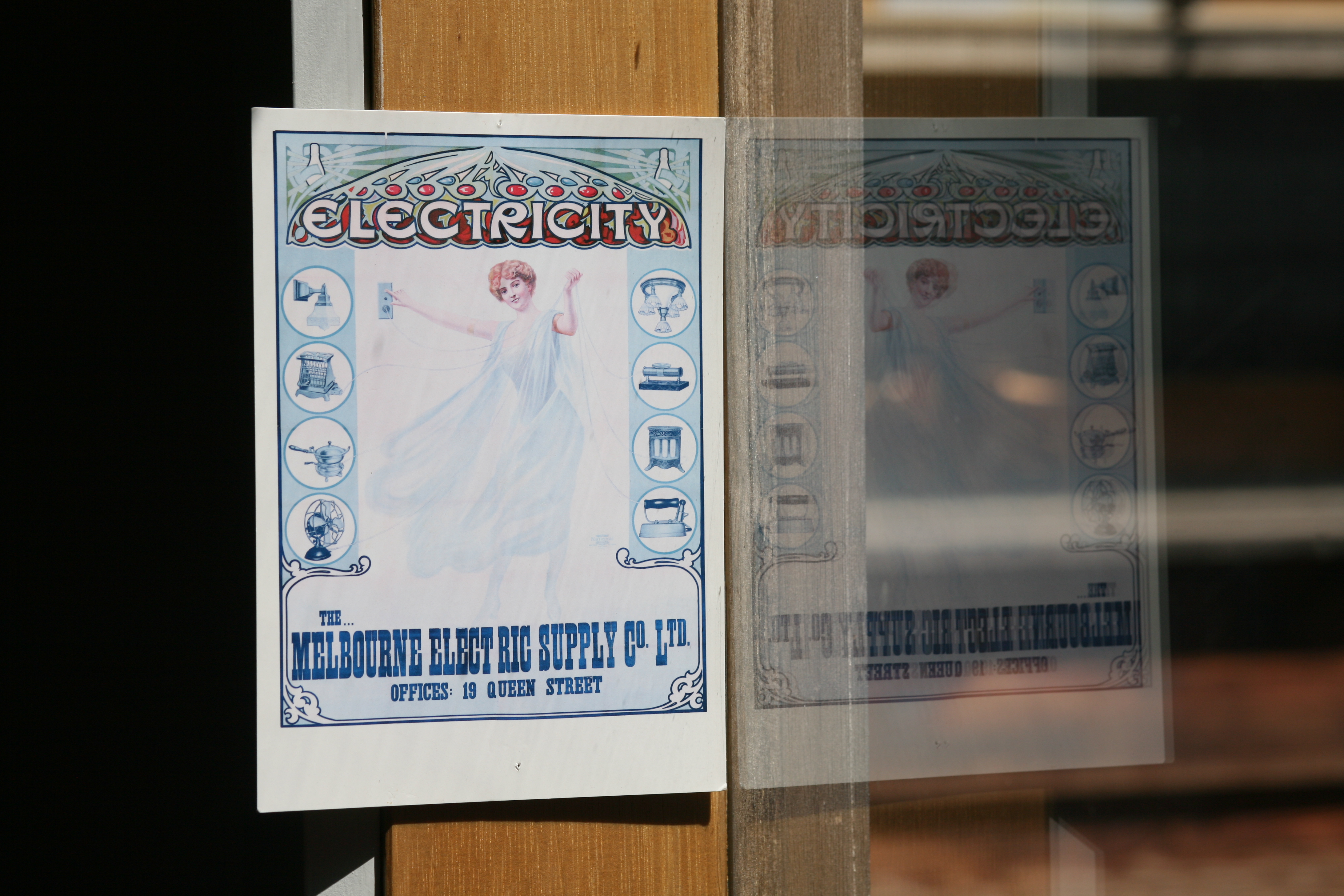
The average consumer spends approximately eight minutes a year thinking about energy.
If the lights are on, what’s a bet that the average person in an average year dedicates any of those 480 seconds to thinking about anything other than their bills?
I doubt your average Australian is interrogating the impact of emerging technologies on supply and demand dynamics in our wholesale energy market. Or pondering the barriers policy uncertainty creates when seeking capital to fund new power plants using old-fashioned energy technologies, like coal. And I wouldn’t think many of us are thinking about what new grid technologies we need to distribute power flowing in multiple directions, to support zig-zagging electrons hopping from rooftop to rooftop rather than just one way (from the Valley down to your light switch).
But we don’t have to raise the curtain on all that takes place behind the scenes in Australia’s energy sector to talk about what’s going on.
Energy is changing. Inevitably. Irreversibly. Systemically.
Let’s start with the fact that how we make and deliver energy has not much changed for the last 100 years. But how we use it, to power our factories, our businesses and our lives, has changed. Significantly.
It’s only now, spurred on by the combined forces of rapid technology development and environmental activism, that Australia’s energy sector is catching up.
Consider this: as recently as 50 years ago my grandmother was ironing with an iron made of black metal and filled with hot coals — not an appliance plugged into the wall. Until 40 years ago, we wrote-up documents on a typewriter — no wires attached. Just 30 years ago, home phones were connected to the wall by a copper cable alone— and didn’t use electricity to make and receive calls.
It was preceding the world’s technology revolution that most of our energy technologies — such as coal-fired power, and our electricity grid — were invented and built. They were created for a different time. When how we used power was different. When other, better ways to make and manage power had yet to be invented.
It’s true that some things in energy have changed in the last 100 years. We attempted to make a market of the service in the 90s. But it remained a market based on the status quo. A system of making lots of power in one place and sent through old wires, based on known, industrial technologies.
These assets are now ageing, and reaching the end of their natural lives. So we reach a fork in the road, where changing things makes more economic, environmental and social sense than simply spending heaps to stick with what we’ve got or build more of the same, while all the while newer, better technologies now exist.
So the simple fact is that Australia’s energy system, designed, way back when, for how we lived 40, 50, or 100 years ago, is now being updated to cope with today’s needs and tomorrow’s expectations. To handle a present where we all want solar panels on our roofs, air-conditioners and heaters in every room and various screens in our pockets and homes. And to prepare for a future of storage batteries and electric cars, fewer factories and their intense and predictable energy demands, and more renewable energy generation supplied intermittently from all over the place.
So Australia’s energy is changing. Because we have changed.
How we produce value in the Australian economy has changed from factories to ideas. How we live now mandates more comforts as necessities. We like the sense of control that comes with producing power from the sun on our roofs. New energy technologies are being technically proven and reaching commercial maturity. And even the most strident climate skeptic would probably agree that if we can make electricity in ways that leave us with cleaner air, that is probably a good thing.
Our energy system is not a natural occurrence, but something constructed by us to meet our needs.
Those needs are not the same as they were when our energy system was designed and built. We have changed. How we use energy has changed. New technologies have been invented that enable change. So now the system that supplies power is now changing in big ways. It’s inevitable.
It’s either that or give up our smart phones, switch off our air-conditioners, throw out our laptops and televisions, and go back to ironing with hot coals from the fire. Either we revert back to old times or our energy system needs catch-up to how we live now, and capitalise on all the opportunities that new technologies present.
If we can accept this, public debate and government attention can shift focus to making sure we change Australia’s energy sector for the better: economically, socially and environmentally.
There it is. In eight minutes or less. And you still have one minute left to uncover the culprit for leaving the lights on at your place.

